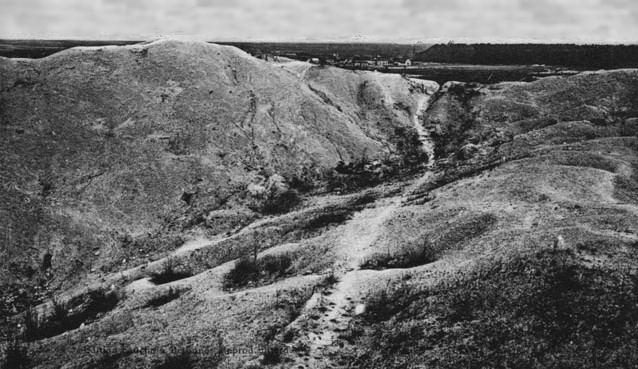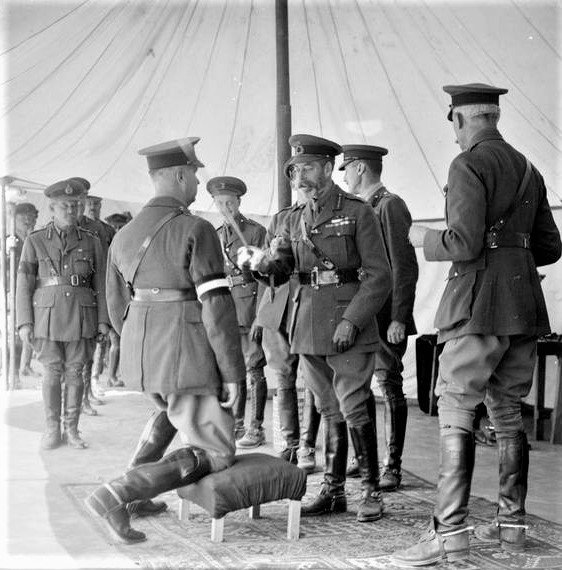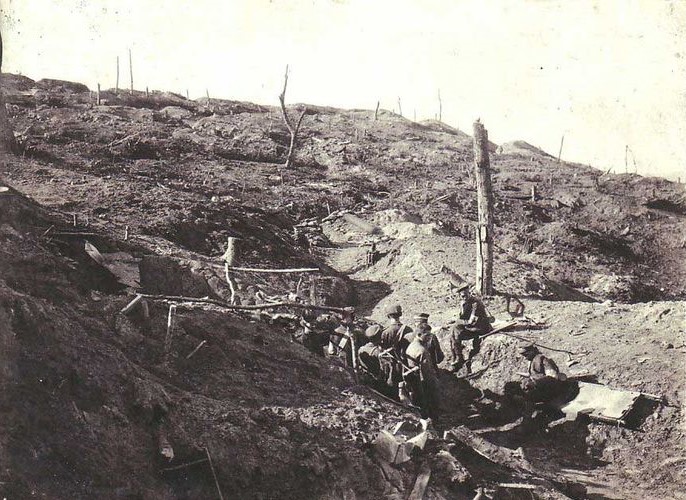Attack on Hill 70: August 15-25

Hill 70 was a small hill that overlooks the city of Lens, north-east of Vimy Ridge. After Vimy, it became part of the German front line defences. As a reward for his work planning and carrying out the Vimy attack, Arthur Currie was knighted, promoted to Lieutenant-General, and was given command of the entire Canadian Corps. Currie was the only Canadian to command an entire Corps - over 60,000 men - in the war.

Currie wanted to mount an operation that would inflict severe casualties on the Germans. He knew, as all Canadian soldiers did, that the whenever the Allies captured a trench from the Germans, the Germans immediately responded with a series of fierce counter-attacks. Currie wanted to use this tactic against the Germans. Currie and his staff designed an operation as a way to lure German forces into a killing ground. This was the first all-Canadian operation of the war - conceived by Canadians, planned by Canadians and executed by Canadians.
The four Canadian Divisions attacked and captured Hill 70 near Lens, knowing that the Germans would counter-attack fiercely. The 1st and 2nd Canadian Divisions used smoke screens and a creeping barrage to capture the first two lines of German trenches quickly. Within 2 hours they had taken the top of the hill and were pushing down the reverse slope - to create a stronger defensive position. Only the 4th Division failed to achieve its objectives due to strong German counter-attacks.
On August 16 the Canadians reached their third line objective and then set up their soldiers, machine guns, mortars and artillery to prepare for the Germans counter-attacks. The Canadians repulsed twelve German counter-attacks, inflicting heavy casualties. The Germans continued counter-attacks on August 17 and 18 including poison gas attacks. The Canadians repulsed them all, inflicting further casualties. A planned Canadian attack on August 21 collided with a German counter-attack resulting in high casualties on both sides. In all the Canadian Corp repulsed 21 German counter-attacks, inflicting 25,000 casualties. The Canadians suffered 9,000 casualties, mostly to the 4th Division.
